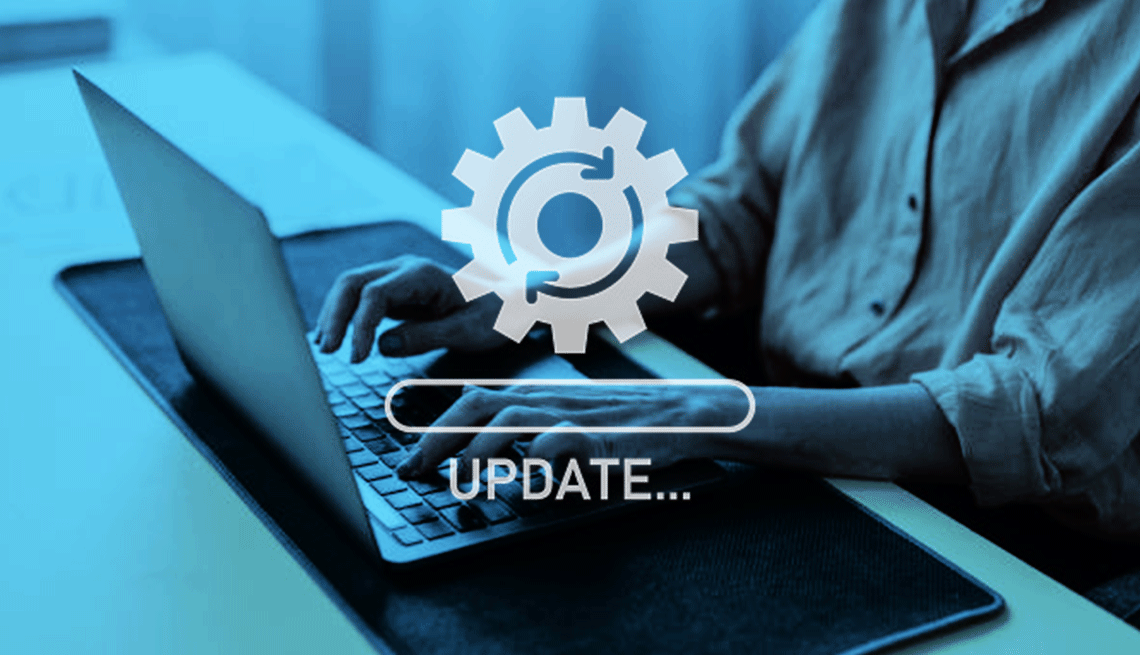Play all audios:
6. SIMPLIFIED DESIGN. From more rounded corners to new fonts, icons and sounds, Windows 11 offers a minimalist design that makes it easier to find and access your favorite apps. 7. SNAP
LAYOUTS. Windows 11 makes it simpler to multitask, even with several windows open at the same time. Instead of letting items get lost under an open window, hover your mouse over the rounded
square MAXIMIZE icon in the top right corner of any window and select your favorite way to arrange open apps. 8. TEAMS CHAT. Microsoft Teams is integrated into Windows 11, so you can
instantly connect with others through chat, text, video or voice — regardless of the platform or device they’re on. 9. WIDGETS. Windows 11 is all about personalization, including widgets
that glide in from the left of the screen and display customized and AI-powered news, photos, sports scores, stock quotes, traffic and weather. 4 FEATURES MISSING FROM WINDOWS 11 If you can
make the leap from Windows 10 to Windows 11 with your existing computer, you might miss a few previous features. IN THE START MENU. Your pinned apps and websites won’t migrate during the
Windows 10 upgrade, so make notes for later. The layout of the menu can’t be resized, and named groups and folders are no longer supported. Live Tiles are no longer available, but you can
customize Windows 11 widgets for a similar feel. IN THE TASK BAR. You can’t move it to the side anymore; it stays pinned to the bottom of the screen. You can’t drag and drop a file onto the
task bar and quickly open it later. The People icon, a shortcut to your contacts, also is gone. TIMELINE NO MORE. The popular, time-saving Timeline tool let you quickly access files and
media you previously worked on. If you rely on it to find your files, you might want to hang on to Windows 10 a few months longer until you learn how to navigate your folders. WINDOWS MEDIA
PLAYER. This popular app is not part of Windows 11 by default, but Media Player is. If you like the old version, you can add it. Right-click on the START icon, then select ⚙️ SETTINGS,
followed by APPS on the left side. Next, click OPTIONAL FEATURES on the right side. In the ADD AN OPTIONAL FEATURE option, click VIEW FEATURES and type WINDOWS MEDIA PLAYER. Now select
WINDOWS MEDIA PLAYER and click NEXT | INSTALL.

